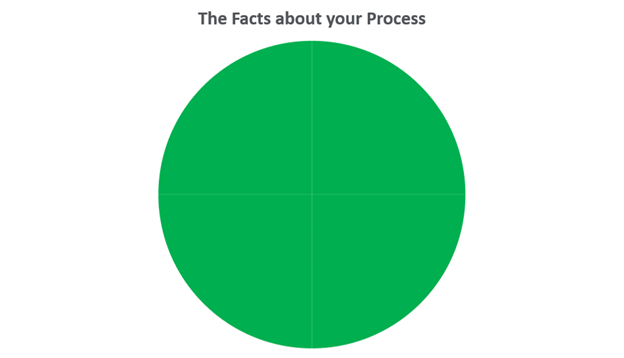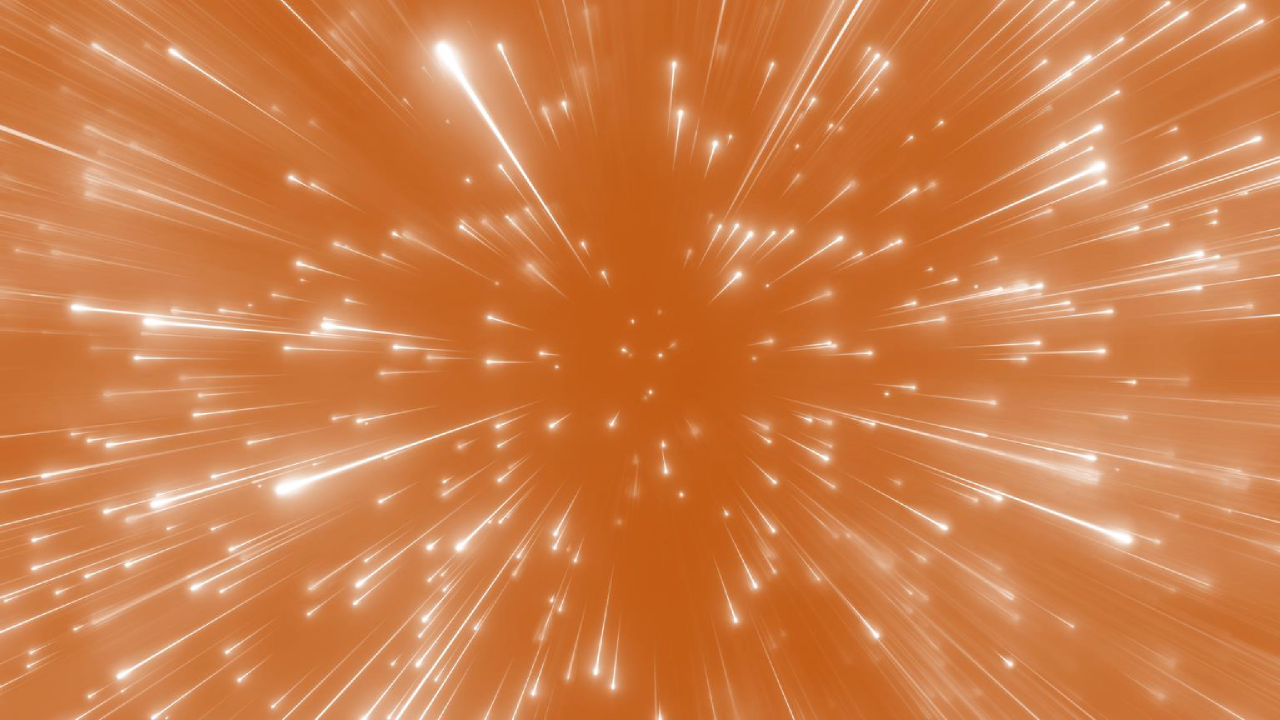The Value of Raman Spectroscopy
An illustration that comes to mind, on the importance of process understanding, is one I heard at a job interview over 30 years ago. The knowledge in the world as it relates to you as an individual can be divided into four segments:
- Things that you know that you know.
- things that you know that you don’t know.
- things that don’t know that you know.
- things that you don’t know that you don’t know.

This same categorization of knowledge to your process can be applied, as seen in the chart below. The proportions of each category may not be equal, but the point is still illustrated. When it comes to your process, the area that will be the provenance of the greatest difficulties that you experience will be the red zone – the things that you don’t know that you don’t know. Those are the things that aren’t modeled, that could happen spuriously, that are hard to predict and that are difficult to correct (you can’t solve a problem if you don’t know what it is). The frustration associated with a process excursion of unknown origin can reach new levels when it ruins a batch or shuts down a process. The financial consequences for the company can be significant and it is uncomfortable to have all eyes gazing back at you asking for an explanation of what happened and why the problem was not identified in time to make corrections. This is why process understanding is fundamental. The better you understand your process, the better you can control it. The better you can control it, the more profitable it is with fewer excursions and less downtime. And that makes everyone happy, minimizes panic-driven calls and emails, makes bonuses larger and creates positive impressions of the person(s) who figured out how to make the process well-heeled.
It is hard to overemphasize the importance of understanding your process to the greatest extent possible. In the realm of our illustration, it means maximizing the green area in the pie chart, that is, to bring everything as much as possible into the “Know that you know” zone.
The question is how does one go about making that happen and how can that process be accelerated? What tools can give you the greatest amount of information about a variety of aspects concerning your process? One tool to consider for a chemically related process is Raman spectroscopy. It is a technique that can be extremely valuable in this respect. Many techniques allow you to probe a certain aspect of your process, such as the measurement of one Critical Quality Attribute (CQA). For example, a glucose sensor will give you specific and valuable information about that particular CQA, but only that CQA. Other techniques might allow you to detect that something is present or that a change is happening. But it can be very difficult to interpret the chemical nature of that change, thus depriving you of a complete understanding of what might be happening from a molecular standpoint. Techniques such as UV spectroscopy and, for the most part, NIR would fall into this category.
But Raman allows you to not only see a change, but it gives you the chance to interpret that change from a molecular point of view. Hopefully, it can also allow you to assign the effect (i.e., the change) to a cause. Such information can be invaluable in the quest to control your process.
Raman can allow you to both seek information about known constituents and potentially discern and extract information about the unexpected. It was best said by a customer a few years ago when they were trialing a Tornado, a Bruker Company instrument and found it to give information they did not know before. He wrote, “Raman is giving insight into old mysteries”. It is not that Raman can give you all the answers by itself all the time. But if it does not give you the complete picture, it can still prompt you to ask the right questions, design the right experiments and seek the correct corroboration. It’s like taking the inspiring Philosopher’s Walk in Kyoto. It leads you down the path of wisdom when it comes to understanding your process.

When thinking about what Raman technology can do for you, it is clear there are many commercial choices. Which one fits your requirements? There are many things to consider such as choosing the correct sampling interface, the speed of implementation, the ease of instrument use, the ruggedness and reliability of the instrument, the availability of necessary deployment features, and the expert support…to name a few. And like it or not, the cost is always a consideration. But with Raman, like with many other technologies, the maturity of the technique is still such that there are significant discrepancies in performance from one product line to another. In other words, not all Raman devices are created equal. How do you know which Raman is right for you from a performance standpoint? Should you get the best one available or can you live with what is perceived as “good enough” for a narrow set of applications? Let’s revisit my earlier treatise. What about the unexpected? By definition, you never know when the unexpected will happen and the nature of what that will be. And if the unexpected is subtle with an outsized effect, that makes it all the more dangerous in terms of “not knowing what you don’t know.” Hence, from that standpoint, it behooves you to employ the best tool available to derive the best and most complete information from the Raman that you use. This is where Tornado’s High Throughput Virtual Slit (HTVS™) technology can help. The throughput advantage allowing the best-in-market speed of detection and sensitivity is in position to allow you to extract as much information as possible from each measurement in each deployment. And with a powerful technique such as Raman, that information can be extraordinarily valuable. It allows you to detect things that other Raman devices cannot and to see them faster than any other Raman will allow. It is my contention that cost is not the best measure of instrument worthiness. It is a value that is the key quality attribute for a Raman system, which I define simply as what you get for what you pay. How much is it worth to have measurements you can trust at a price you can afford?
This post sets the backdrop for why it is worthwhile to use Raman and, if you are going to use Raman, why use a Tornado HTVS Raman? But there is more to it than that. To complete the picture, make sure to look for the next post.



